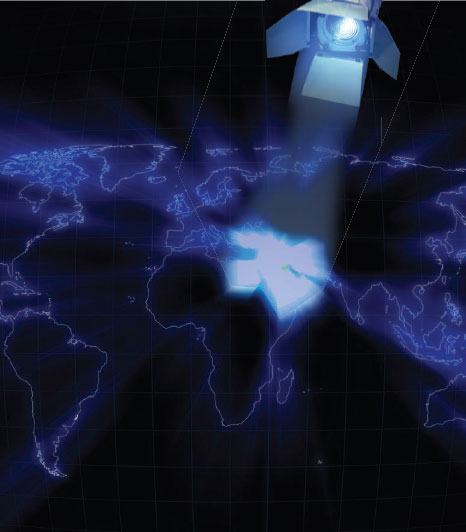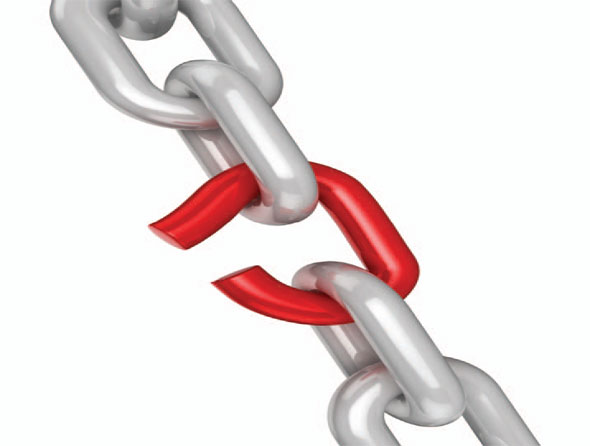Dear reader,

Against the odds, trade picked up across many regions in 2010, according to the International Chamber of Commerce (ICC) Trade and Finance Global survey 2011. however, high-pricing meant that traders in many low-income countries still faced diffi culties accessing aff ordable trade finance.
Our article on the subject in this issue quotes Pascal Lamy, director-general of the World Trade Organisation, as saying, “What is needed now is a more targeted use of resources, focusing on the poorer countries and small-and-medium-sized enterprises around the world.
They should not be paying the high price for the repair and re-regulation of the global fi nance industry.”
In another discussion on the issue in this edition, alexander Malaket points out just as trade finance has emerged from the still-real economic crisis with greater profi le, the importance of risk assessment and mitigation have been eff ectively highlighted by the realities of unrest within the Mena region.
He writes, “Trade financiers – as well as business leaders, from small-and-medium enterprises to large corporates – forgot for a time that eff ective risk assessment and mitigation are core elements of the value proposition of international trade fi nance.
“In the context of so-called ‘traditional’ trade fi nance instruments, the textbook distinction between documentary credits (best suited to transactions involving new or unproven trading relationships and/ or high risk markets) and documentary collections (trusted relationships, stable markets) was lost and rendered nearly irrelevant in many parts of the world.
“While this may have been less the case in the Middle east, it remains true that this trend was widely observed in the two or three years before the eruption of the global crisis, at least in part as an outcome of demands from large retailers seeking to conduct trade on less expensive open account terms.
“This unfortunate disregard for adequate risk assessment and risk management was evident in transactions involving markets that would have otherwise been considered relatively risky; similarly, importers and exporters establishing new trading relationships even in such higher risk markets frequently agreed to conduct business on terms that, eff ectively, disregarded the realities of risk in international commerce.”
Effectively, risk has always been a reality in the conduct of cross-border business – and always will be.
In terms of that last point, this is why Letters of Credit are making a comeback. Our Cover story makes it clear that the current political and economic climate in the Middle east has strengthened the need for them and they now look set to continue playing a crucial role in domestic, regional and international transactions – despite the global movement towards open account trading.
Although about 80 per cent of global trade is now open account-based, approximately 70-80 per cent of all Middle eastern trade volumes still rely on LCs, according to statistics published in 2010 by the World Trade Organisation. as a result, LCs have remained a core trade service for local banks and a very lucrative fee-earning business.
However, despite this, there is strong belief that local banks should not shy away from the provision of modern-day structured trade fi nance solutions, such as supply chain fi nance, which could help local companies reduce trade transaction costs and tap into more cost-eff ective fi nancing.
It is always pleasant to end on an upbeat note and, to return to the ICC report mentioned at the start, most respondents to the survey – commissioned by the WTO expert Group on Trade Finance to track the developments in the industry – agreed that business on the whole has been signifi cantly improving since the fi nal quarter of 2009. On top of that, markets in several advanced economies are quickly returning to normal trading conditions, which is good for everybody.
 Cash And Trade Magazine For Cash and Trade professionals in the Middle East
Cash And Trade Magazine For Cash and Trade professionals in the Middle East




